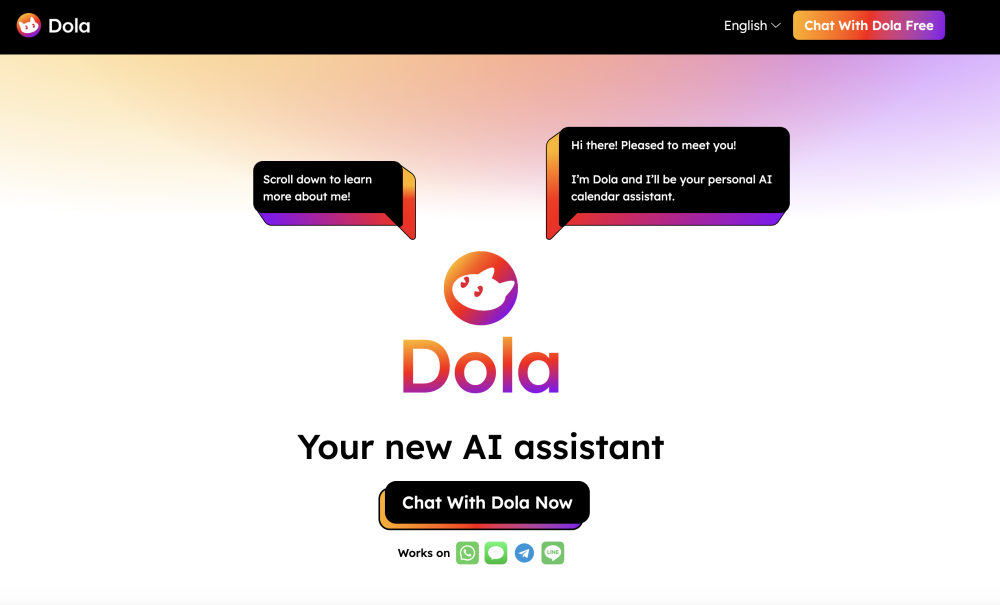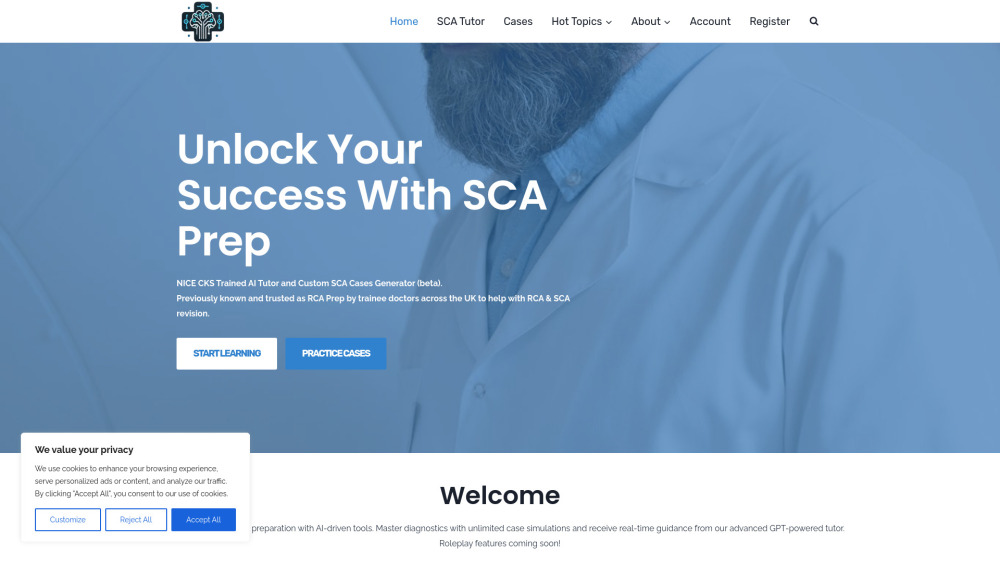In a shocking development that further destabilizes one of the leading companies in artificial intelligence, OpenAI's Chief Technology Officer Mira Murati announced her resignation on Wednesday.
Murati's unexpected departure adds to a series of high-profile exits from the AI powerhouse, indicating deepening turmoil within a company that was thriving just months ago.
Murati, who joined OpenAI in 2018 and became CTO in 2022, was instrumental in developing key AI models like GPT-3 and ChatGPT. Her resignation follows the exits of other top executives, including co-founder John Schulman and former president Greg Brockman.
In her memo to staff, Murati expressed gratitude for her time at OpenAI, noting the company’s advancements in AI technology. She stated, “Our recent releases of speech-to-speech and OpenAI o1 mark the beginning of a new era in interaction and intelligence — achievements made possible by your ingenuity and craftsmanship.”
The timing of Murati's departure raises questions about OpenAI's internal stability and coincides with significant structural changes within the organization. Reports suggest that OpenAI is planning to restructure into a for-profit benefit corporation, removing control from its non-profit board. This shift could fundamentally change the company’s governance and mission focus.
OpenAI has faced leadership challenges since a contentious boardroom coup in November 2023 that momentarily ousted CEO Sam Altman. Although Altman was reinstated, the incident highlighted divisions within the organization. The proposed restructuring could enable Altman to obtain equity in the for-profit entity, potentially enhancing his influence over the company's future.
Industry analysts link Murati's departure to ongoing disagreements over OpenAI’s direction, particularly regarding the shift towards a for-profit model, which has drawn criticism for prioritizing commercial interests over OpenAI’s original mission of developing artificial general intelligence (AGI) for humanity’s benefit.
Altman’s response to Murati's exit on social media hints at a pre-planned transition, suggesting that her departure may have been anticipated as part of larger organizational changes. His statement, “We’ll say more about the transition plans soon,” indicates a strategic approach to managing these leadership shifts.
OpenAI’s challenges come during a critical period for the AI industry. Competitors like Google, with its Gemini models, and Meta, with its Llama 3.2 models, are rapidly advancing in AI capabilities. Additionally, agile newcomers such as Anthropic and Mistral are intensifying competition.
Moreover, the AI sector faces increasing regulatory scrutiny, as legislators and policymakers grapple with ethical implications and risks associated with advanced AI systems. OpenAI’s leadership turmoil could hinder its ability to navigate these complex regulatory landscapes effectively.
Adding to the company's difficulties is a lawsuit from Elon Musk, a co-founder, accusing OpenAI of straying from its original nonprofit mission, further complicating an already precarious situation.
The implications of OpenAI's upheaval extend far beyond its internal dynamics. As AI continues to revolutionize industries—from enhancing smartphone features to transforming trading algorithms—how OpenAI responds will impact the broader tech ecosystem.
As the tech community watches closely, the stakes are high. Will OpenAI consolidate its position in the AI race, or will it face significant setbacks? The outcome could influence the future of AI and its role in our increasingly digital world.
One thing is clear: OpenAI is at a pivotal crossroads. As it navigates these turbulent waters, the tech world is eager to see if the company emerges with a winning strategy or faces a daunting challenge ahead. Stay tuned—this unfolding story promises to reshape the landscape of artificial intelligence.




